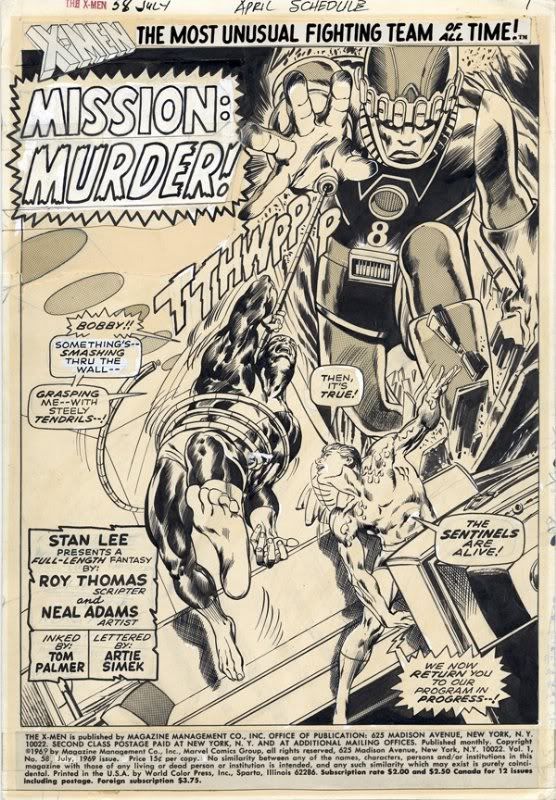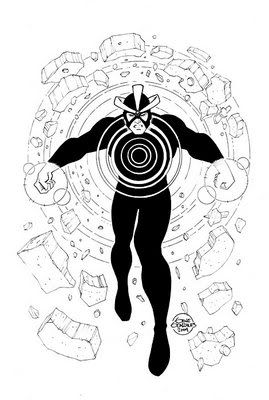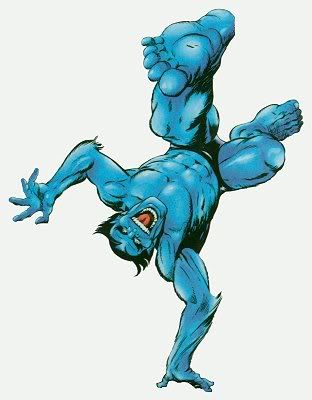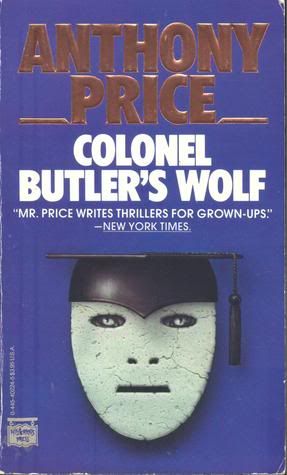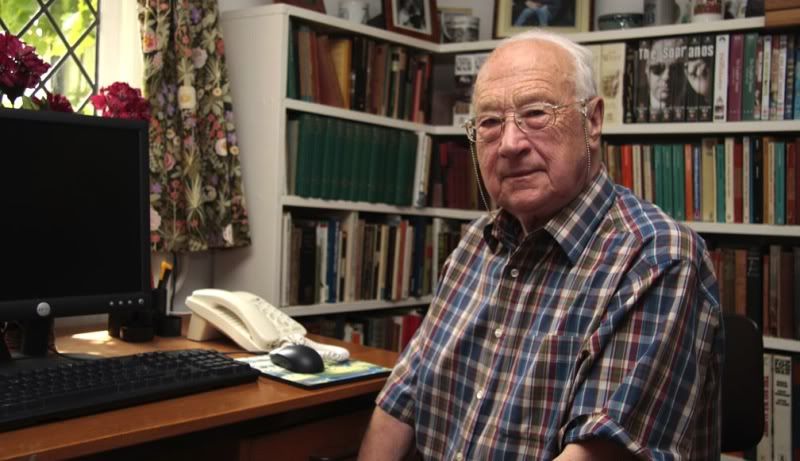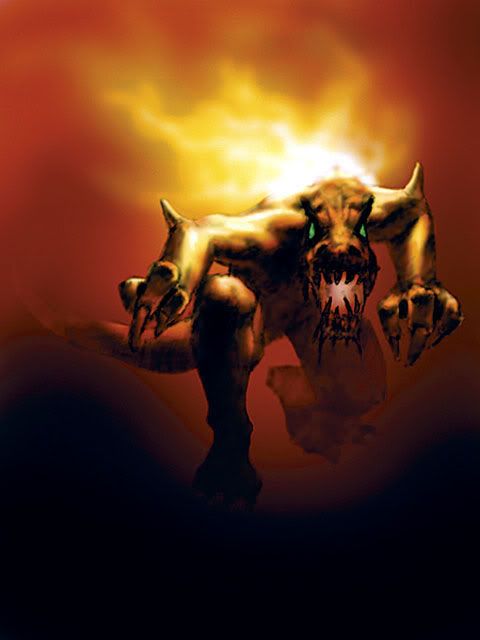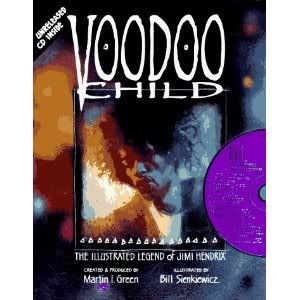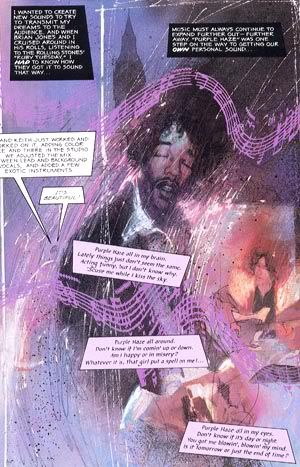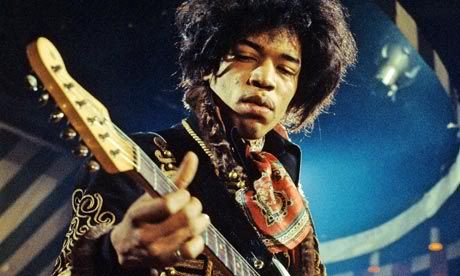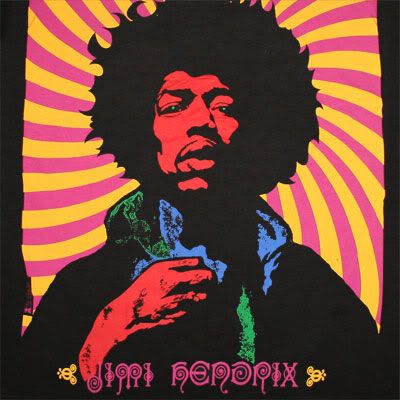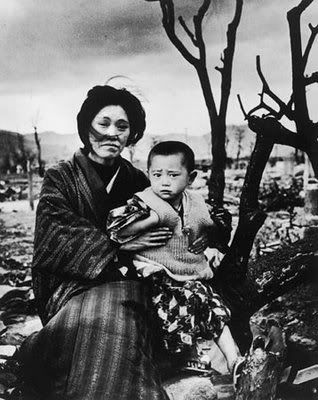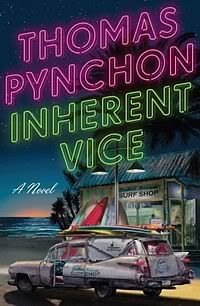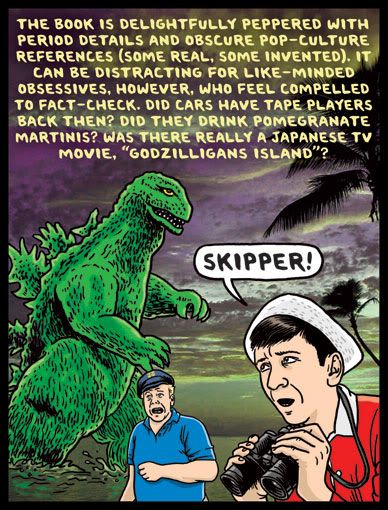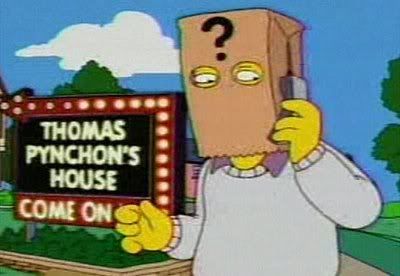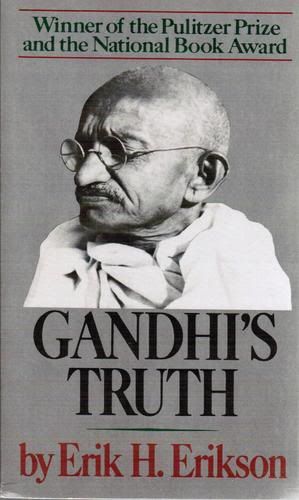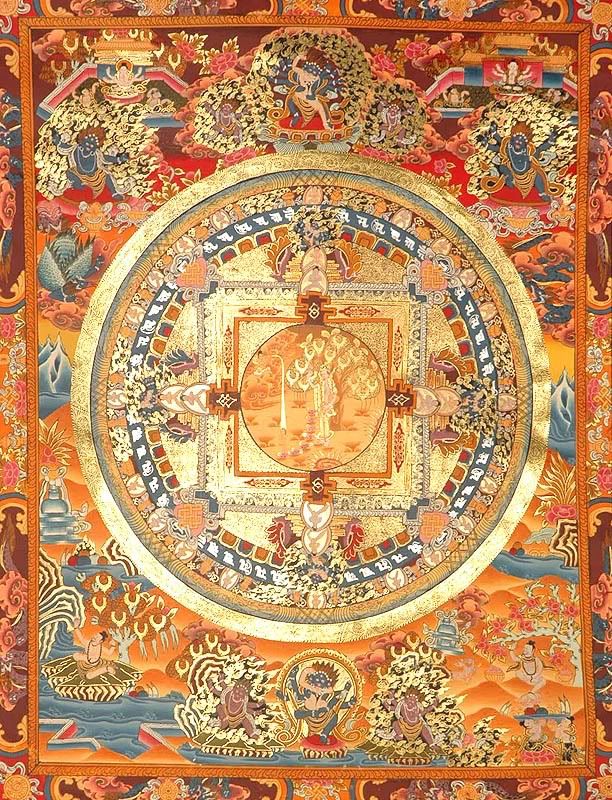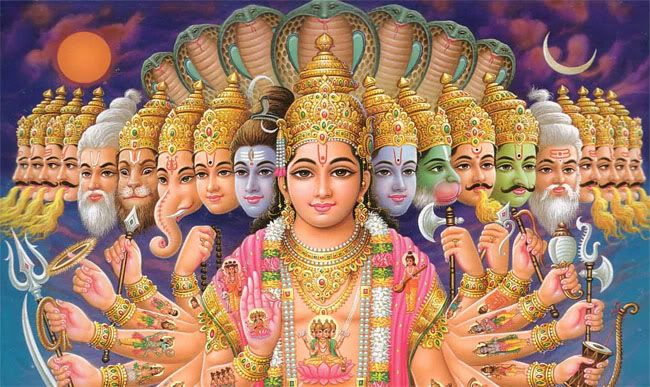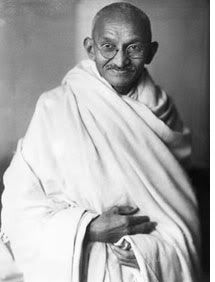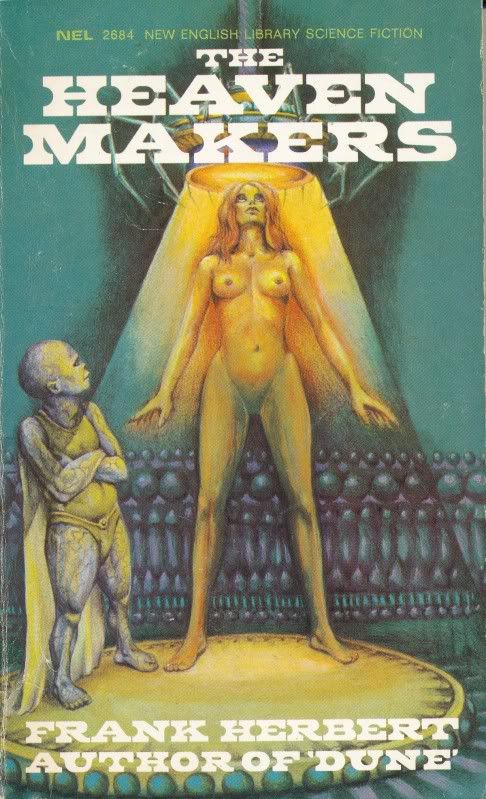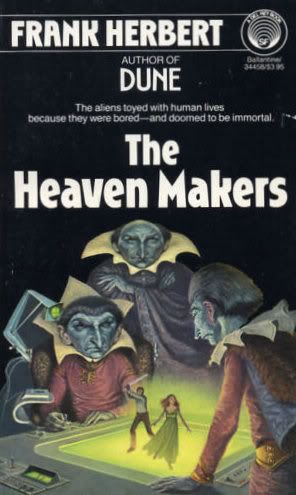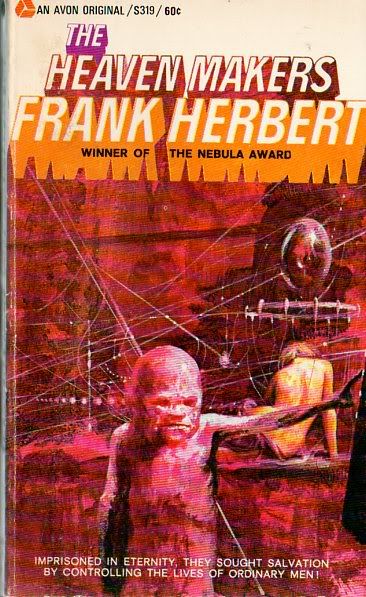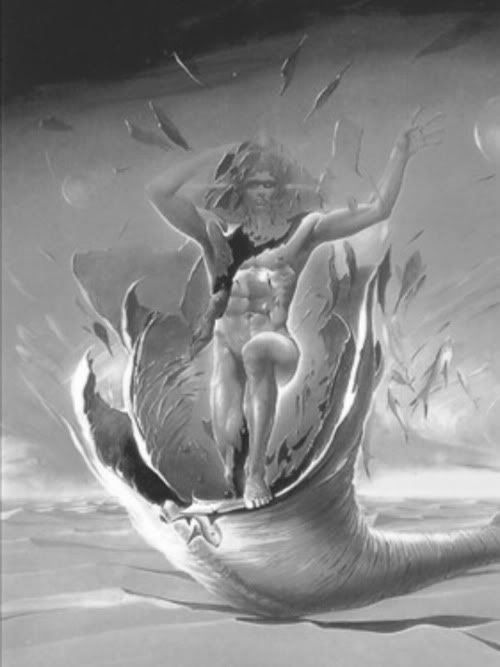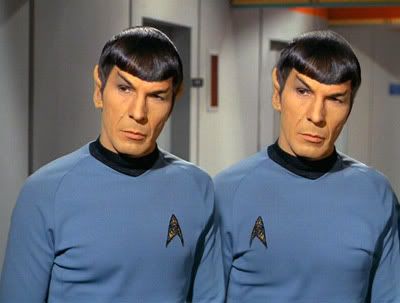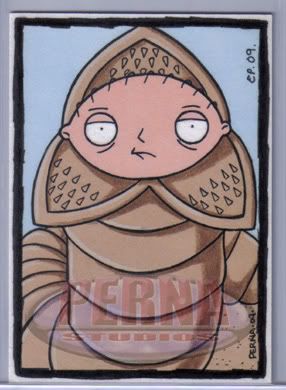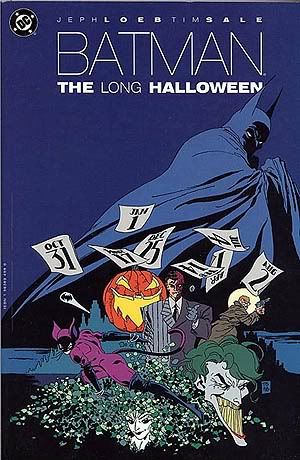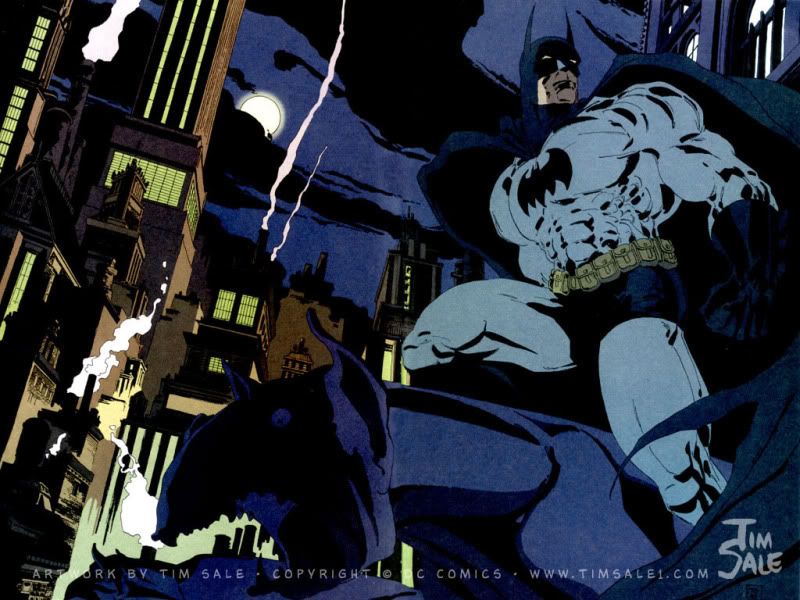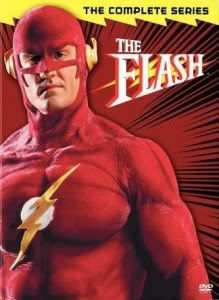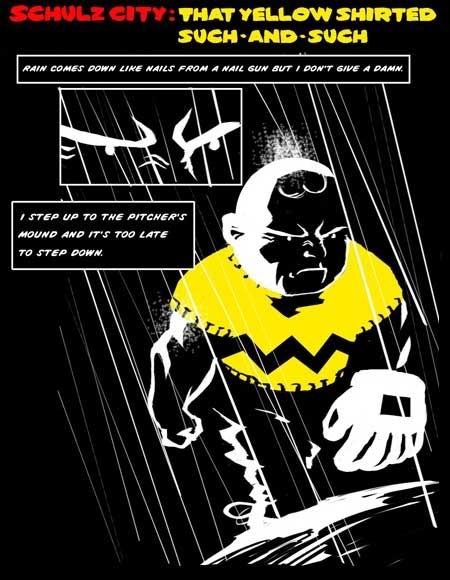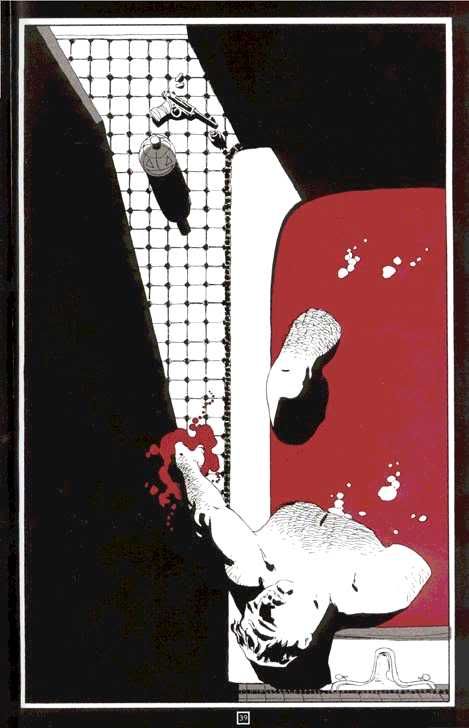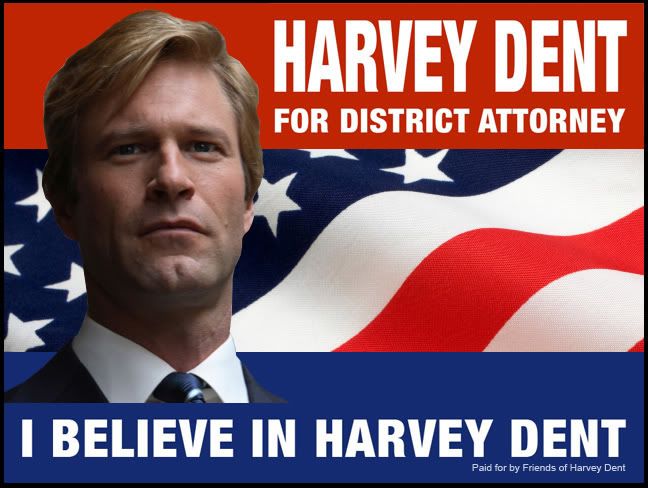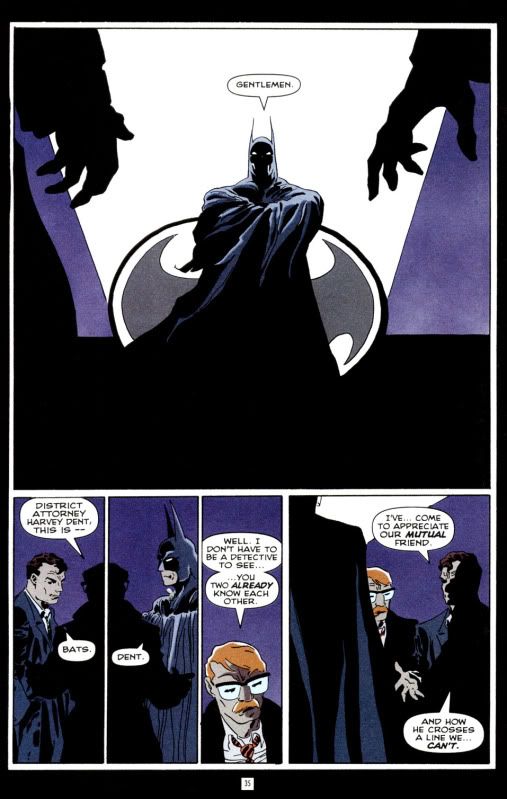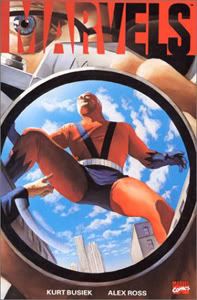
In the haze of the early nineties I accompanied a close friend, Ben C., up to Washington state. I don't know what we were doing, I am sure I was completely along for the ride with no concerns as to destination or purpose. I do recall, however, it had to do with the fact that he was on a paintball team, and that the bulk of our visit was spent at a teammate's house.

This teammate was a family man, and being an irresponsible but 'grown" kid myself, I was a bit anxious that I was left alone with an actual physical child while Ben discussed paintball business with his colleage. My inhabitions relaxed, however, when I saw that this kid had a stack of comic books. I asked him if he'd mind showing me what he had, and he was happy to oblige.
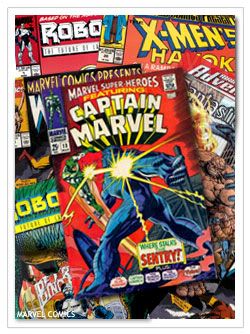
What he had was, in fact, mostly garbage. In the early nineties the two major comic companies had taken everything that made simple cheap comics so great in the seventies and eighties and twisted it, regurgitated it, commercialized it, overpriced it and dumbified it. But one series the kid had stuck out like a sore thumb and drew my attention like a Blue Morpho butterfly at a maggot convention.
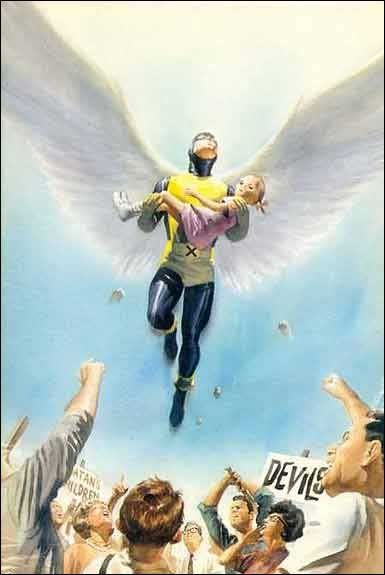
Marvels has two very major spins on traditional comics that launch it's success and work so very well together. The first is that it was the initial showcase of Alex Ross's photo-realistic painting. Using paint in comics had been done before, but never with the care, love, detail and realism of Ross. The second is that the story takes place in the Marvel Universe, but deals with it strictly from the viewpoint of a normal every-man family guy who watches New York get runover by power-mad robot freaks and Atlanteans on a weekly basis. The one-two punch of three dimensional depth and color combined with a story that fleshes out the reality of the Marvel U hypnotized me. Years and years later I still force my wife to gaze upon some of Alex Ross's exceptional cover artwork and admit it's excellence.
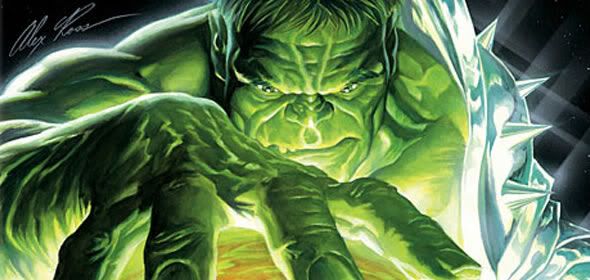
Not anyone could've pulled it off. Both Ross and writer Kurt Busiek imbue the Marvels series with an adoration and knowledge of the characters and their history. There is no attempt to re-write the stories for younger audiences or revamp tham to modern trends. The entire series is true to the original Lee and Kirby eras, both in style and content. The setting is very much from World War II into the seventies, covering major turning points in Marvel history from the viewpoint of a Daily Bugle photographer, concurrent with the timeframe of the original comics, much as how I am reading all of my books and comics. Nowadays it just seems like Peter Parker gets bit by a super spider every two years, and the story gets tweaked each time, doesn't it, kids? Well, this is how it all orginally happened, gang- No fancy Oscorp tech or Sam Jackson Nick Fury, just a bunch of nerds in corderoy suits and bow ties, driving '68 Plymouth Valiants.
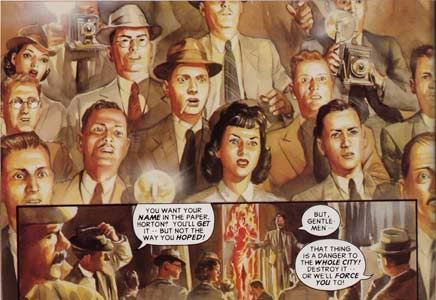
While not everyone will be amused by the Marvel Universe retrospective or Ross's cameos of real and fictional stars, Alex Ross should earn a Marvel Universe Nobel Peace Prize for his photo-realistic watercolor style which has truly redrawn the comic book industry and made him one of- if not the most- sought out artist in the comic book business.
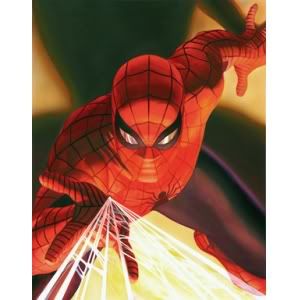

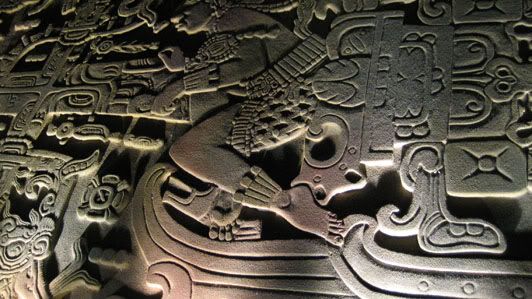
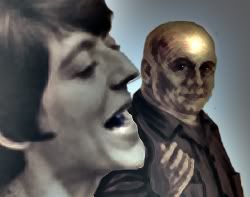

-cover_zps9721afd1.jpg)
